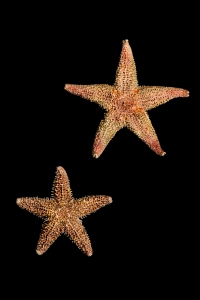“If you don’t pay appropriate attention to what has your attention, it will take more of your attention than it deserves.”
―
David Allen, Getting Things Done: The Art of Stress-Free Productivity
I love the quote above from David Allen, the productivity guru most well known for Getting Things Done or the ‘GTD System’. It’s so right, on so many levels. Ignore the things that you should be doing and they will demand your attention, even if only to stop you from sleeping because you’re thinking about those issues as you try to nod off.
It was this David Allen quote that I was mindful of when I was away in Martha’s Vineyard a week or so ago but really in a very different way. I do find it difficult to photograph if I’m not fully present and this can take some time to get to if there’s all kinds of other stuff unrelated to the scene in front of me that I’m thinking about. Fortunately I have no problem quieting everything else to focus on what’s in front of me, although it can take 15 – 20 mins and a couple of hundred frames to get into the zone.
What I am aware of though, is that I can be so intently focused on the scene that I have framed that I frequently ignore the moments when my intuition tells me there’s a great photograph to be had. This could be paying attention to some stuff that I would consider to be a little weird – such as the image of the shells and seaweed above – and would normally walk by, simply reframing from the position that I’m already in or could involve a bit of a wander to get to a place where the light is doing interesting things.
How clear what the photograph is also varies – it can be crystal clear or could take a bit of work to get there. The work usually typically involves simplifying the image so that it has just the elements critical for whatever caught my eye, whether it was interesting light, a vivid color or something odd happening such as how the waves came together in the image below.
I feel that some of my better photographs have been in response to listening to my intuition and so, as is the case in many aspects of life, paying attention to what has your attention is equally applicable to photography and is a work in progress for me.





